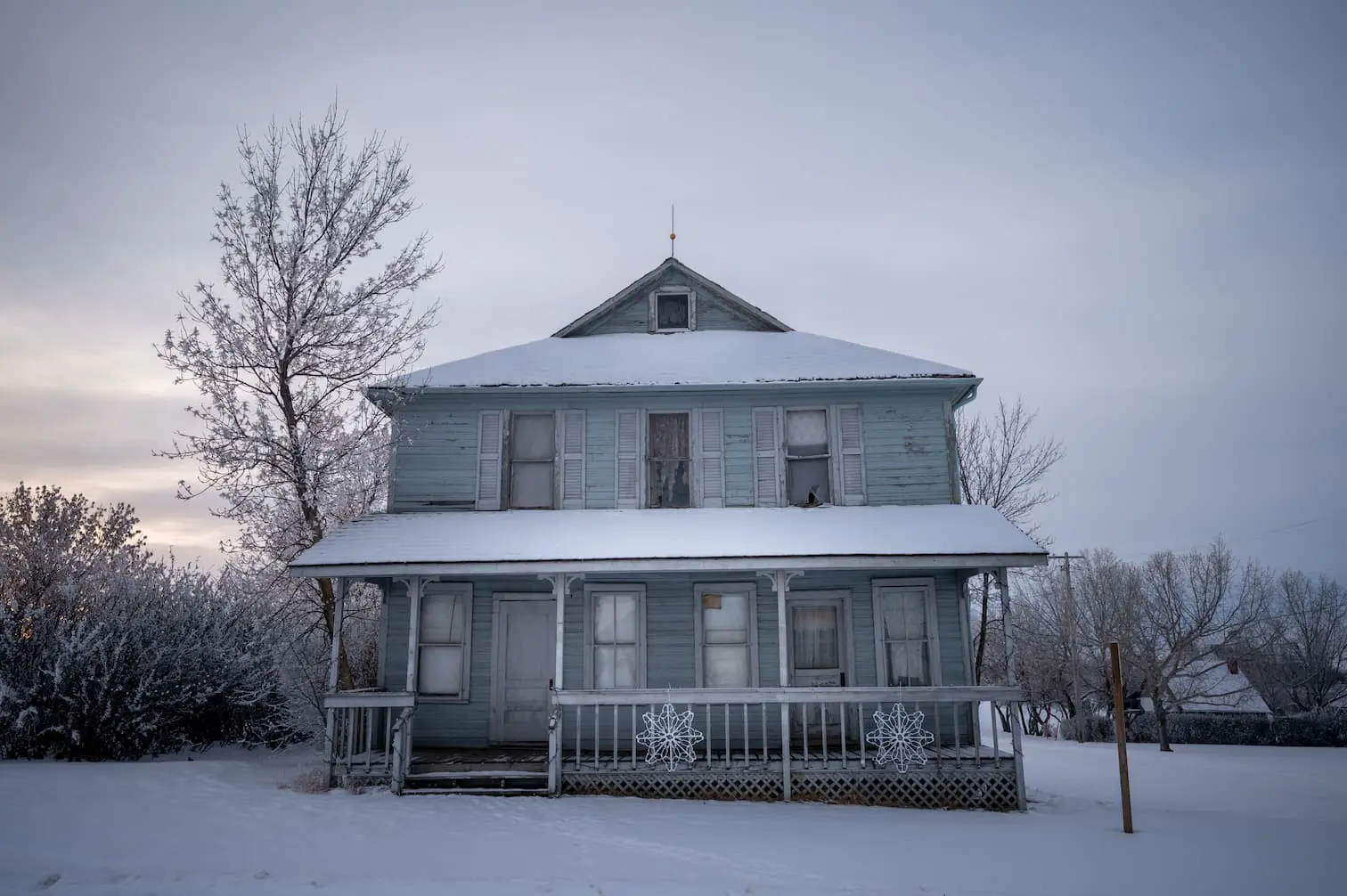How Long Can a House Go Without Heat? What Homeowners in El Paso Should Know
November 03, 2025 By: One Way Heating & Cooling
When your heater stops working, time becomes a critical factor. You might ask: How long can a house go without heat before things start going wrong? As locals in the El Paso region, you want fast answers and dependable service. In this guide from One Way Heating, we’ll walk you through what happens when your heating system fails, how long your home can safely remain without heat, the risks of delay, and why rushing to secure a repair is less about comfort and more about protecting your home.
Why Timing Matters: What Happens When Your Heat Stops
Losing heat isn’t just a matter of turning up a dial later, it triggers a chain of effects. Initially, your home will be comfortable enough, but as hours pass your indoor temperature will begin to drop, often faster at night or during colder outdoor conditions. This doesn’t only impact comfort—it also places your plumbing, structural elements (like floors and walls), and even your health at risk
If your heating system fails due to a mechanical issue, power outage, or fuel supply problem, immediate action matters. A loss of heat under very cold outdoor conditions becomes a heating emergency because the risk of frozen pipes, structural damage and unsafe living conditions rises quickly.
Don’t wait for the temperature to drop further. Book your One Way El Paso heating repair and stop small heating issues before they turn into costly damage.
How Long Can Your Home Stay Warm Without Heat?
Typical homes: Most homes will retain enough heat to feel “bearable” for about 8 to 12 hours after the heat goes out—assuming moderate outdoor temperatures and some insulation.
When it gets serious: In freezing outdoor conditions, pipes and plumbing can start freezing in as little as 6 hours in unheated homes.
Longer outages: After a full day or more without heat, indoor temperature will gradually approach outdoor levels, meaning you and your home are seriously vulnerable—especially during cold nights or windy conditions.
So in short: the quicker you act, the less chance there is for something to go from “inconvenient” to “expensive repair.”
Key Factors That Determine How Fast Your House Cools
Here are key variables that change how long your house can go without heat:
-
Outdoor temperature & weather: If it’s mild outside, your house will stay warmer longer. Cold, windy or stormy weather accelerates heat loss.
-
Insulation, home age and layout: Newer homes with good insulation, fewer drafts and efficient construction hold warmth longer. Older, poorly insulated homes drop temperature faster.
-
Basements/crawl spaces & occupancy: Homes with basements or crawl spaces may retain heat better from the ground. The presence of people and shared body heat can also slow cooling.
Understanding these helps you assess how urgent your situation is—and whether you need immediate help.
What You Should Do if Your Heat Goes Out
-
Immediate steps to keep warm & prevent damage
-Close off unused rooms; gather in one area to concentrate body heat.
-Seal drafts: shut windows, doors, block vents if possible.
-Use layers of blankets, warm clothing, and consider safe space‑heaters (according to manufacturer safety instructions).
These help buy you time—but they aren’t a substitute for restoring heat.
-
When to call a professional HVAC company
If you have no heat, or if you notice temperature falling rapidly, or water pipes are exposed to cold, it’s time to call for help. Don’t wait until the next morning if you’re already near that 6–12 hour window.
At this point, pick certified, local technicians who can respond quickly and have experience in heating emergencies. -
Why waiting even a day could cost you more
Delaying could lead to frozen or burst pipes, water damage, structural shifting—costing thousands more than a prompt service call. For instance, frozen pipe damage is commonly cited as very high‑cost.
If your heating is out right now, don’t gamble. Book an appointment with One Way El Paso and we’ll get you back to warmth.
Why Choose One Way El Paso for Your Heating Emergency
-
Local response for El Paso area homes – Because we’re based locally, we understand the regional demands and can mobilize quickly.
-
Certified techs, fast service, reliable repairs – Our team holds current credentials and is ready for emergency heating work.
Easy booking & full support – Get started fast by booking your appointment. Need more info? See our FAQ page or visit our homepage anytime.
Don’t wait until your whole home is at risk—let us restore your heat and give you peace of mind.
Frequently Asked Questions
Can I stay in my home safely if the heat is out?
In many cases yes—if outdoor temperatures are mild, insulation is good, and you take measures to retain warmth. But if the house begins dropping in temperature quickly, or pipes are exposed, or you have vulnerable occupants (elderly, infants), you should treat it as an emergency.
When should I be worried about pipes freezing?
When indoor temperature gets near 32 °F (0 °C) or outside temperatures are well below freezing, pipes become at high risk. In many scenarios damage can start around the 6‑hour mark.
What temperature should I maintain if my heater’s off for a bit?
If your heater’s out, aim to keep indoor temperature as high as you can. Some sources suggest keeping it above 50–55 °F if away, but that’s not ideal if children, elderly or sickness are involved.
Conclusion
Losing your home’s heat isn’t just an inconvenience—it’s a risk to your comfort, safety and wallet. While your home might hold warmth for 8–12 hours under moderate conditions, the window for safe waiting shrinks considerably in cold weather or poorly insulated homes. If your heating system fails, act fast. Book with One Way El Paso now and let our certified professionals get your home back to safe, reliable warmth.

